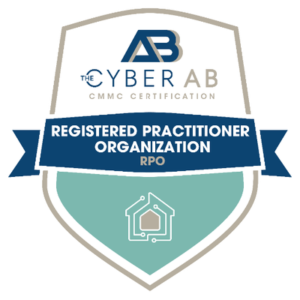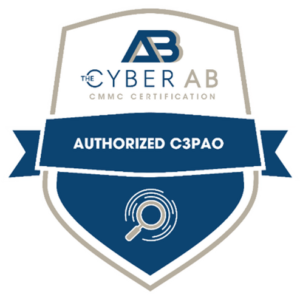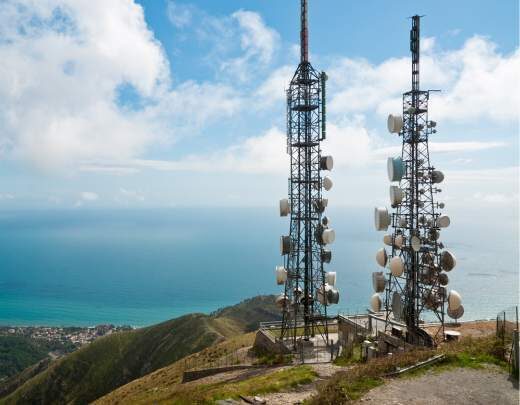Energy and infrastructure aren’t just assets—they’re lifelines, and CMMC Level 2 is becoming the safeguard that keeps them secure.
While the CMMC framework is uniform, its impact isn’t. These are the issues uniquely affecting people in the energy, utilities, and critical infrastructure space.
Across IT and OT Systems Energy and other utilities typically integrate operational technology (OT) with traditional IT. Like IT, most OT systems weren’t designed with cybersecurity in mind and therefore don’t support modern controls. For organizations in the utilities industry that need to comply with CMMC, the complex interdependencies on OT systems can make the definition of a clear CUI boundary challenging at best.
Aging systems, remote field operations, and decentralized facilities make implementing uniform security controls a challenge. These factors increase the time and effort required to assess, document, and secure environments handling CUI.
Energy providers often rely on complex webs of subcontractors, OEMs, and integrators. Whether you are a prime or a sub, you are responsible for protecting CUI within your scope of work. Weaknesses anywhere in the vendor ecosystem can jeopardize certification and put federal contracts at risk.
Even technically mature organizations struggle with aligning real-world operations to their policies and documentation. Assessors will flag discrepancies between your System Security Plan (SSP) and on-the-ground practices. Documentation must be complete, current, and backed by demonstrable workflows.


Identify where CUI is created, processed, stored, and transmitted. Prioritize segmentation between IT and OT systems to limit exposure and simplify scope. For energy and utilities, this often means separating operational technology such as grid control systems or plant automation, from business IT environments. Strong segmentation reduces the chance of cascading risks, helps right-size compliance efforts, and protects critical infrastructure from unnecessary disruption.

Where possible, reduce reliance on unsupported or one-off systems. Centralize platforms that meet CMMC requirements and can be consistently monitored. Many utilities and critical infrastructure providers still depend on legacy applications that lack modern security features, which can create compliance bottlenecks. Moving to standardized, auditable systems improves visibility, strengthens resilience, and ensures security controls are consistently applied across complex environments.

Build a living documentation framework that reflects how your teams work. Align SSPs, network diagrams, and process narratives with actual workflows. In highly regulated, high-stakes sectors like energy, auditors expect documentation to mirror real-world processes, not generic templates. Well-crafted documentation builds credibility, supports cross-team coordination, and provides a clear roadmap for sustaining compliance across geographically dispersed facilities.

Bring in experienced advisors to identify risks before formal assessment. This is especially valuable for organizations with geographically dispersed sites, legacy OT environments, or hybrid architectures. A readiness review simulates the rigor of a CMMC audit, surfacing vulnerabilities like weak vendor oversight, incomplete logs, or unclear ownership of controls. Addressing findings proactively ensures smoother certification and demonstrates resilience across critical systems.

“Working with Coalfire Federal for our CMMC Level 2 assessment was a thorough and professional experience from start to finish. Their assessment team demonstrated deep expertise in both the technical requirements and the practical implementation of CMMC controls."
Please note that this FAQ is a summary and should be used in conjunction with the official CMMC documentation for precise guidance and compliance instructions.
CMMC 2.0 is the Department of Defense’s cybersecurity framework that sets Level 2 standards for manufacturers handling Controlled Unclassified Information (CUI), aligning with all 110 controls in NIST SP 800-171.
Assessment resources are limited. Waiting increases the risk of scheduling delays, remediation backlogs, or missed contract deadlines. Companies that act now will gain the operational maturity and readiness needed to meet growing federal expectations.
Non-compliance can result in disqualification from new contracts, potential removal from existing engagements, and reputational damage in a space where trust and uptime are everything. For energy and utility operators embedded in the defense supply chain, certification is now a matter of strategic viability.
In critical infrastructure environments, CUI often moves between control systems, third-party vendors, field teams, and cloud-based platforms. Whether you’re operating substations, managing SCADA systems, or supporting DoD-linked energy projects, CMMC Level 2 certification is quickly becoming the threshold for federal engagement.
Delaying CMMC preparation may prevent eligibility for future DoD contracts, putting the company at a competitive disadvantage compared to compliant suppliers.
CMMC certification has become more than a checklist. It’s a trust signal for the entire defense supply chain. In an era when adversaries see pipelines and power plants as battlefields, certified operators are recognized as stewards of resilience. Certification positions your organization not only to win contracts, but to stand among the few entrusted to safeguard the systems that keep the nation running.
From pipelines to power plants, we understand the stakes. Our proven CMMC expertise helps you protect what matters most—your contracts, your systems, and the communities you serve.